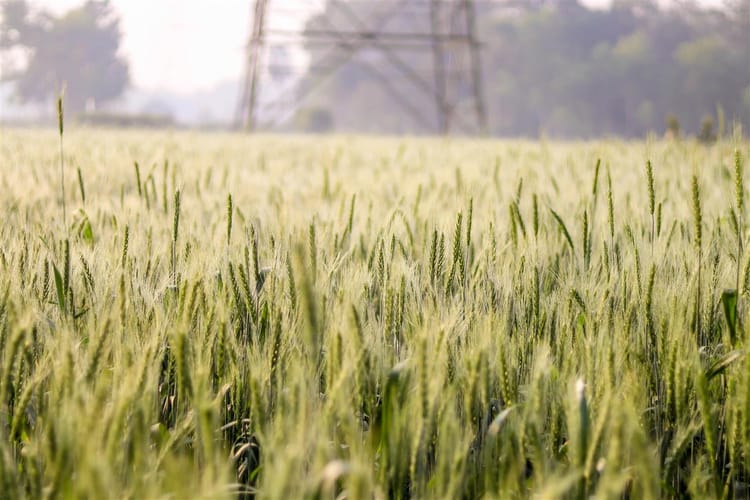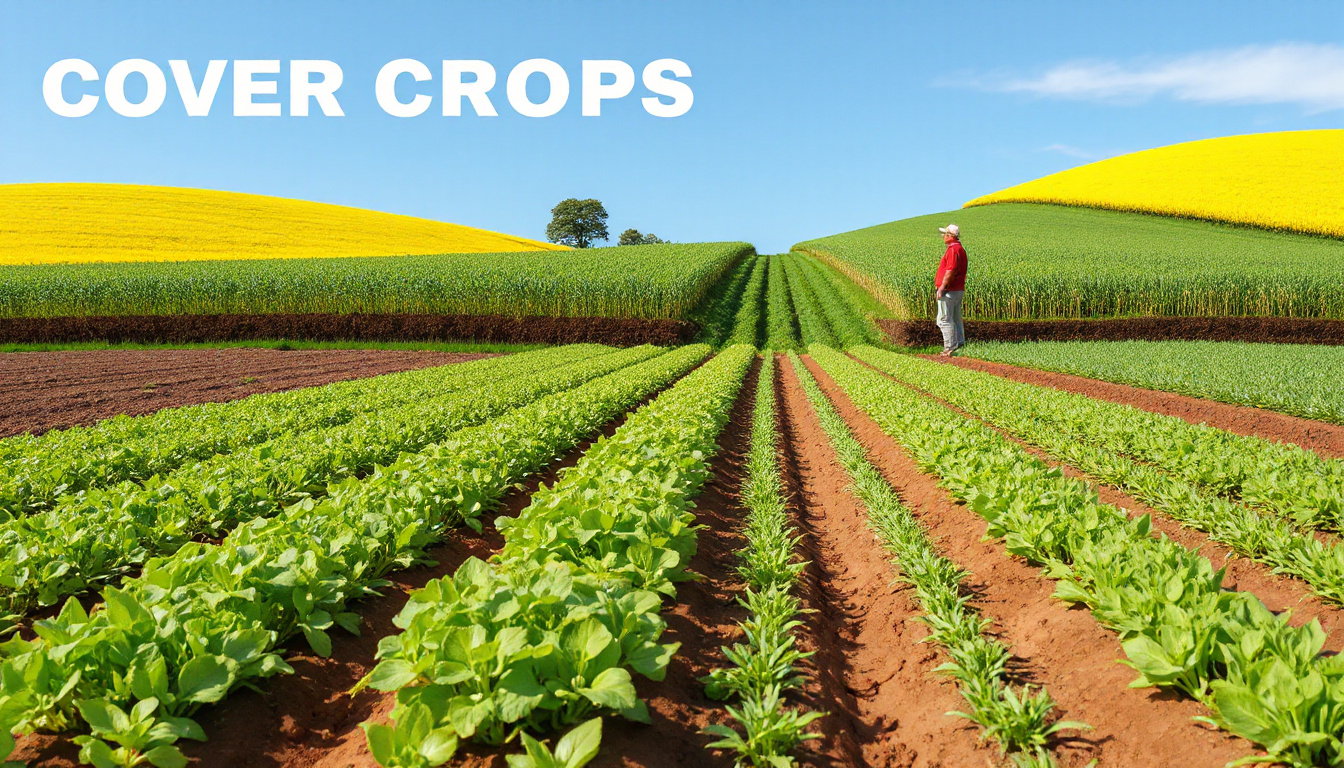Exploring the Power of Cover Crops: Insights from The Ag PhD Show

In recent years, cover crops have gained significant traction among farmers looking to improve soil health and sustainability. In episode #1106 of the Ag PhD Show, hosts Brian and Darren Hefty delve into the myriad benefits and potential drawbacks of integrating cover crops into agricultural practices. As they explore the intricacies of cover cropping, they provide essential insights for farmers contemplating this strategy.
The Importance of Soil Health
One of the foremost advantages of cover crops is their ability to enhance soil health. Cover crops act as a protective barrier against soil erosion caused by wind and water, particularly in areas where fields may remain fallow. Farmers facing prevent plant situations—where fields have to remain idle—risk losing valuable topsoil. By planting cover crops, farmers can maintain microbial life in their soils, which is crucial for nutrient uptake, including phosphorus.
According to the Heftys, the key to effective cover cropping is understanding the need for a diverse rotation that promotes healthy soil ecosystems. For example, without host plants, beneficial microorganisms such as mycorrhizae fungi may suffer. The recommendation is to include grass crops like oats or rye in cover blends, which serve to establish a balance by retaining nutrients while the crop decays and gradually releases them back into the soil.
Effective Cover Crop Mixing
When choosing a cover crop blend, farmers should focus on enhancing soil structure and composition. The Heftys suggest a blend of approximately 90% oats and 10% radish. The oats foster organic matter buildup and mitigate erosion, while the radishes contribute by breaking up soil compaction, allowing for better water infiltration and root development for subsequent crops.
While these selections are effective, the hosts caution against using cover crops that do not support essential soil microorganisms, such as mycorrhizae fungi. Varieties like radishes and kale, which do not provide sustenance for these fungi, should be carefully considered in cover crops as they may affect long-term soil health.
Preparing for Future Cropping
Before implementing cover crops, farmers must consider how to manage these plants as they transition to their primary crops. Certain cover crops can be problematic if they persist or go to seed, complicating future planting. The Heftys advise consulting knowledgeable seed providers or agronomists regarding how to terminate cover crops effectively based on the specific varieties chosen.
Special care should be taken with legumes and crops that can host nematodes, particularly in fields with a history of soybean cyst nematodes. Farmers should avoid mixing beans into cover crop blends if they plan to plant soybeans in the following season.
Learning from Experience
For farmers inexperienced with cover cropping, the Heftys emphasize the importance of education and collaboration. They recommend reaching out to seasoned farmers who have navigated the complexities of cover cropping and can offer practical insights and local knowledge. Adjustments may need to be made based on soil types, climate conditions, and individual farm operations.
Cover cropping in the spring may not yield immediate results, particularly for novices. Hence, strategic planning and familiarization with timing—when to plant, how to manage growth, and the best methods for termination—are all pivotal to harnessing the full benefits of cover crops.
Weighing Benefits Against Challenges
While the benefits of cover crops are significant, farmers should also be aware of potential drawbacks. These may include the possibility of increased weeds, hindered soil moisture, and the need for thorough management practices to prevent these issues. Cover crops are most beneficial when there is at least 60 days post-harvest before winter freeze, allowing ample time for the crops to grow and enhance soil health.
In conclusion, the integration of cover crops into farming operations holds transformative potential for soil health and crop productivity. By selecting the right blends, understanding pre-planting considerations, and leveraging local expertise, farmers can successfully navigate the complexities of cover cropping, ultimately supporting sustainable agricultural practices. Exploring cover crops is not merely an option; it is becoming an essential strategy for modern farming.
We publish a quarterly magazine available in IOS, Android and Web reader. Stories and articles curated from amazing people all around the world.






